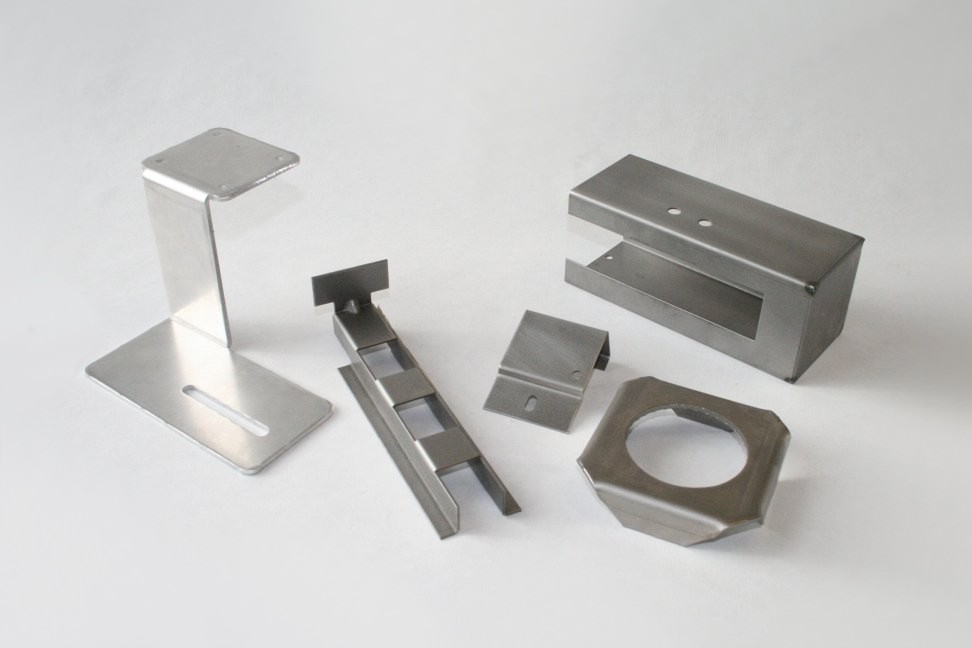
Along with the excitement of 3D printing comes new challenges; chief among them is how to produce perfect parts. While many factors can affect the quality, printers and materials are often the best places to start. Let’s look at the factors affecting smoothness in 3D-printed parts and how to achieve a smoother product.
3D printing services in NYC are becoming more and more popular. Both businesses and consumers alike are discovering the benefits of 3D printing. Companies can use this technology to create prototypes, one-of-a-kind items, or even production parts. 3D printing offers customization and complexity that traditional manufacturing methods cannot match.
However, 3D printing is not without its challenges. One of the most common issues 3D print users face is poor surface finish. 3D printed parts often have visible layer lines and appear rough or bumpy.
Common Factors That Affect Surface Finish
Several factors can affect the surface finish of 3D printed parts:
- Printer type: Different 3D printer technologies produce different results. For example, fused deposition modeling (FDM) 3D printers have parts with visible layer lines. While stereolithography (SLA), 3D printers can produce parts with a smooth, glass-like finish.
- Printer settings: The settings you use on your 3D printer can significantly impact the quality of your prints. Print speed, layer height, and infill percentage can affect surface finish.
- Material: The type of material you use also plays a role in 3D print quality. Some materials are more prone to warping than others. Other materials can be challenging to post-process.
Ways to Create Smoother 3D Models
There are many ways to improve the surface finish of 3D printed parts, including:
- Use a high-quality 3D printer. If you’re serious about getting smooth 3D prints, you need a high-quality 3D printer. SLA 3D printers tend to produce the best results, but they’re also the most expensive.
- Use the proper settings. Experiment with different 3D printer settings to find the best combination for your material and printer. Slower print speeds, smaller layer heights, and higher infill percentages will produce better results.
- Use suitable materials. Some materials are more suitable for 3D printing than others. If you’re having trouble getting smooth 3D prints, try using a different material.
- Post-process your parts. 3D printed parts often require some post-processing to achieve a smooth finish. Standard methods include sanding, polishing, and painting.
- Use support. If you’re printing complex parts with sharp angles, you may need to use supports. Supports help to prevent warping and improve print quality.
Partner With a Top 3D Printing Company
Weldflow Metal Products is one of the leading providers of 3D printing services in NYC. We offer a wide range of services, including CNC routing services.
We have the experience and expertise to produce high-quality 3D printed parts with a smooth finish. Contact us today to learn more about CNC routing in NYC and our 3D printing services.



